We may earn money or products from the companies mentioned in this post. This means if you click on the link and purchase the item, I will receive a small commission at no extra cost to you ... you're just helping re-supply our family's travel fund.
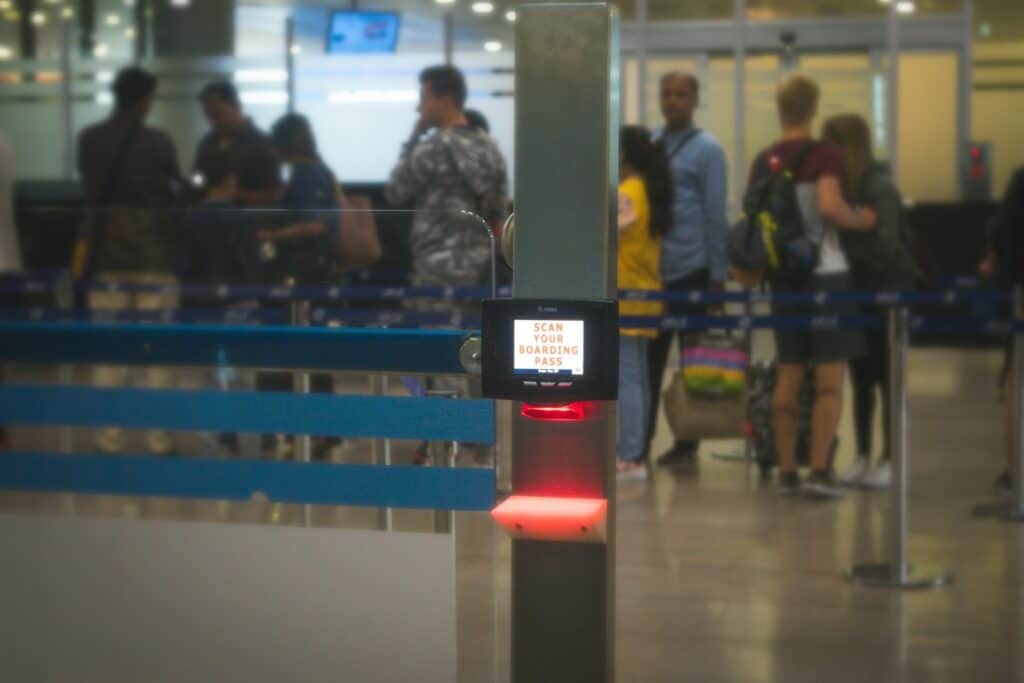
Travel in 2025 asks for a little homework before the fun starts. New ID rules shape domestic flights, while border tech in Europe and the UK resets routines at check-in. National parks lean on timed entries to keep roads safe and trailheads calm. Airlines face sharper refund duties and clearer fee displays, shifting power back to travelers. None of it is hard. Handle tiny tasks early, and the payoff is quiet lines, cleaner budgets, and more time where it counts.
REAL ID Will Be Enforced For Domestic Flights
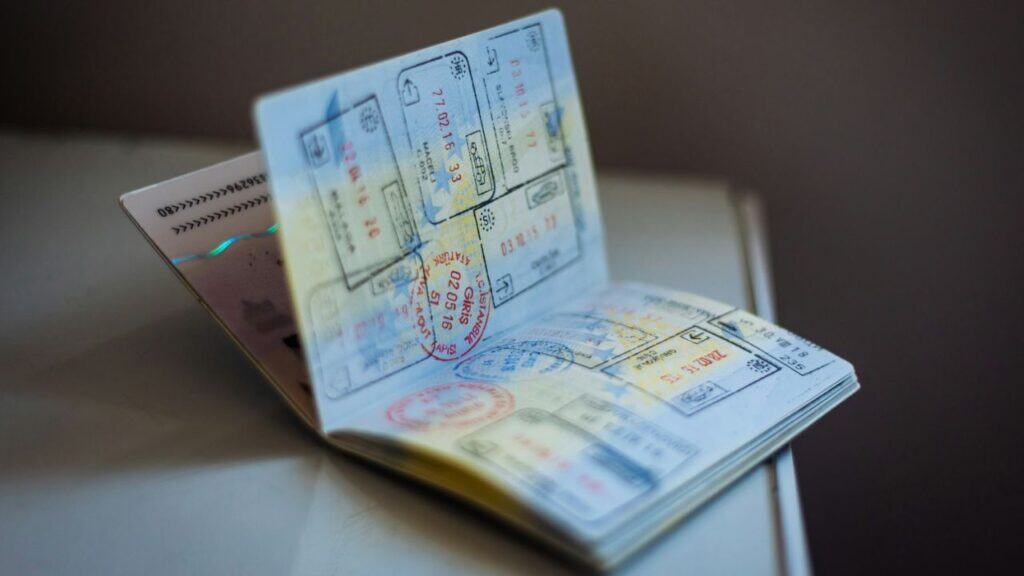
Beginning May 7, 2025, adults flying within the United States must show a REAL ID–compliant license or another acceptable ID, like a passport, at TSA. Years of extensions are over, and gate agents will not bend deadlines. Those still waiting on upgraded licenses can fly with passports, Global Entry cards, or military IDs. Checking issue backlogs early prevents day-of drama, especially when morning lines build fast and rebooking costs more than the ID ever did.
UK Rolls Out ETA For U.S. Citizens

As of Jan. 8, 2025, short-stay visitors from the United States need a UK Electronic Travel Authorization before departure, including many airside transfers. The form is online, the fee is modest, and approvals usually land quickly, but airlines verify authorization at check-in. It is not a visa, yet skipping it can still block boarding. Pair the application with flight purchase, save the confirmation in two places, and keep passports valid well past the return date.
Brazil Reinstates Tourist Visas
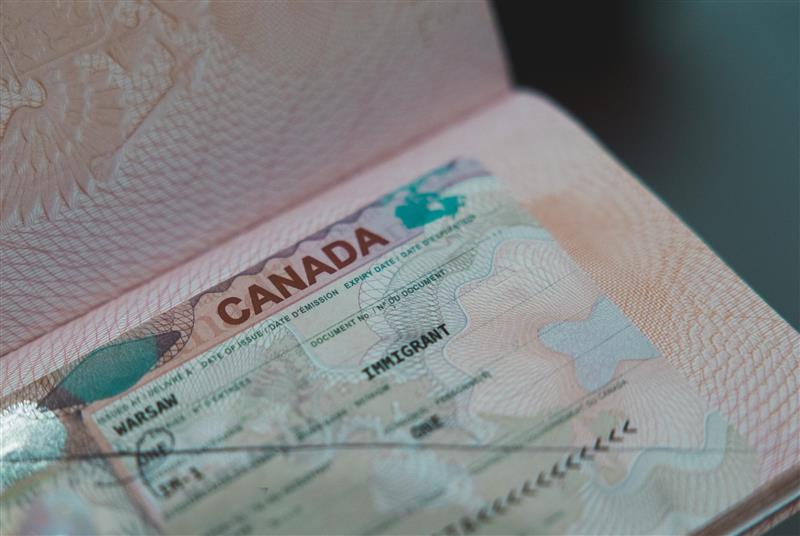
Brazil reinstated tourist visas for U.S., Canadian, and Australian citizens on Apr. 10, 2025, ending a long visa-free stretch. Most travelers use an e-visa portal, upload a photo, and receive approval electronically, though timing can wobble around holidays. Airlines check status before boarding, so missing paperwork becomes a hard stop. Give the process a buffer, carry print and digital copies, and keep at least six months of passport validity to avoid last-minute detours at the counter.
Europe’s New Entry/Exit System Starts

The European Union’s Entry/Exit System launched Oct. 12, 2025, replacing routine passport stamping with biometric capture and automated records for short-stay visitors. First entry means fingerprints and a facial image; later crossings move faster. Airports and land borders are phasing equipment in over six months, so some queues will stretch during training. Add slack to connections during rollout, especially at big hubs processing tour groups and early morning waves.
ETIAS Pushed To 2026

ETIAS, the EU’s separate travel authorization, is not required in 2025. The Commission now targets a launch in late 2026, which means no extra form or fee this year for visa-exempt travelers. Planning remains simple for Europe in 2025: carry a valid passport, expect EES biometrics at first entry, and watch official channels for milestones. For trips nudging into 2026 or 2027, bookmark reminders to apply once dates firm up and airlines update their guidance.
Airlines Owe Automatic Cash Refunds

New DOT rules require automatic cash refunds when flights are canceled or significantly changed and the traveler declines alternatives. Money returns to the original form of payment and includes unused bag, seat, and other ancillary fees tied to the disrupted flight. The rule defines what counts as a significant change, cutting gray areas that once stalled reimbursements. Deadlines now bind airlines and ticket agents, which means fewer emails and quicker outcomes when plans fall apart.
Clearer Fee Disclosures At Booking
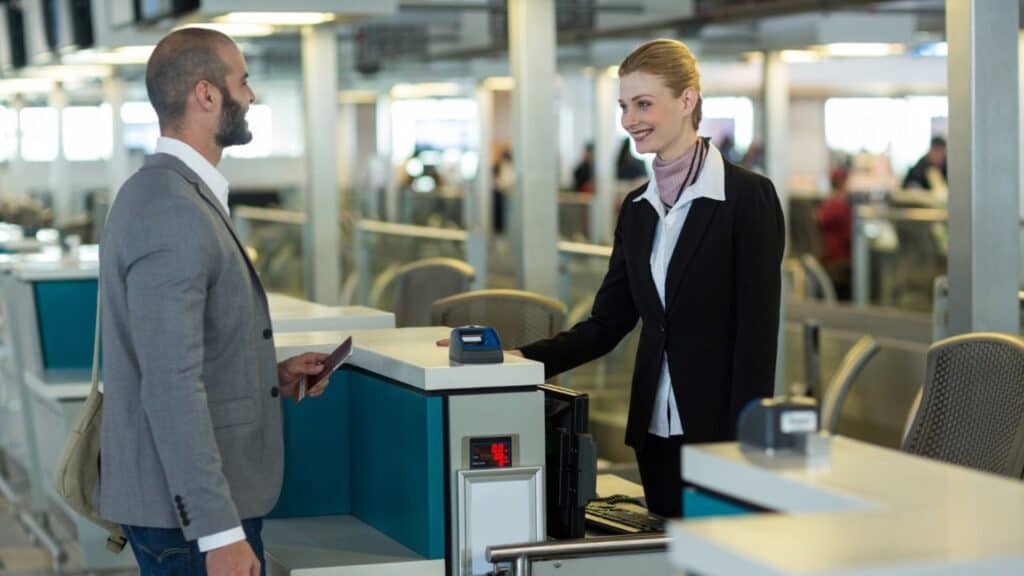
Another DOT rule pushes airlines and ticket agents to show passenger-specific baggage, change, and cancel fees during shopping, not after several clicks. Compliance dates run through Oct. 30, 2025, with smaller agents getting extra time into 2026. The practical result is cleaner comparisons, especially for families mixing fare types or checking bags. Expect clearer totals at checkout and fewer gotchas at the counter, even when itineraries braid multiple carriers or basic-economy rules.
TSA Expands Use Of Mobile IDs
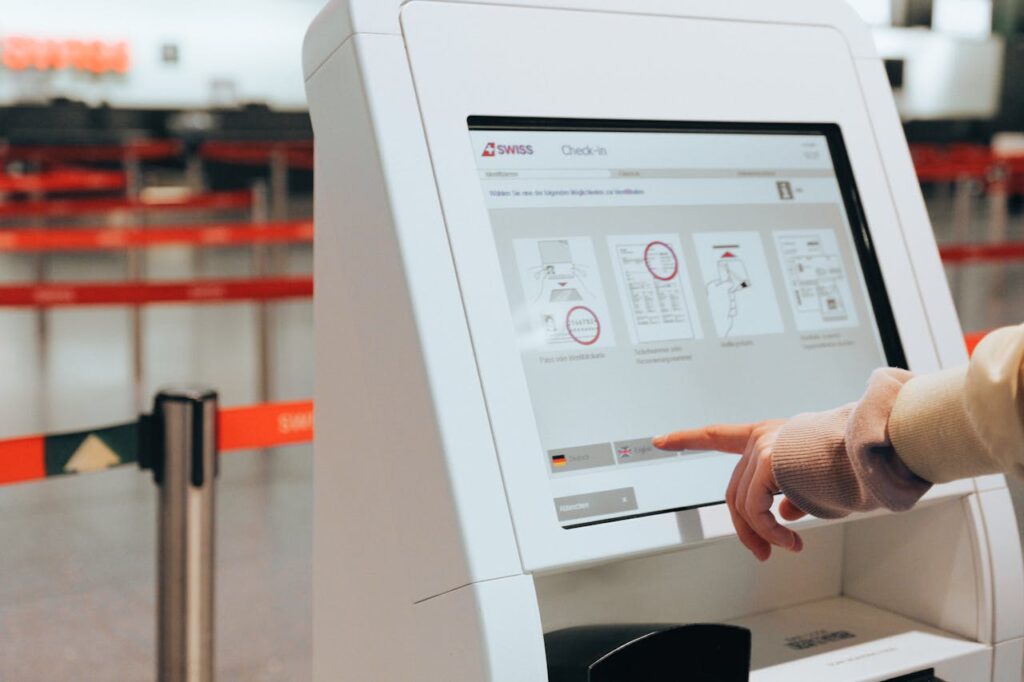
TSA’s digital ID program keeps growing. Mobile driver’s licenses from a widening list of states are accepted at select checkpoints, where a quick tap can replace a physical card. Availability still varies by terminal, so a hard copy remains a smart backup. Digital ID does not change screening rules; it trims document checks where enabled. TSA maintains a current roster of participating airports and states, which evolves as pilots mature into permanent fixtures.
Yosemite Uses Peak-Hours Entry Windows

Yosemite used targeted peak-hours vehicle reservations in 2025 to spread summer crowds. Entry from 6 a.m. to 2 p.m. required a timed slot on select dates, including Memorial Day weekend, June 15 to Aug. 15, and Labor Day weekend. Lodging and tour holders were generally exempt, and off-peak entry worked without a ticket. The approach eased valley gridlock, protected parking, and kept shuttle lines manageable when waterfalls and high-country trails drew heavy demand.
Glacier Brings Back Vehicle Reservations

Glacier National Park continued a 2025 pilot that required timed vehicle reservations from June 13 to Sept. 28 for the west side of Going to the Sun Road and the North Fork. Windows ran from 7 a.m. to 3 p.m., with separate tickets for each corridor. St. Mary and Two Medicine stayed open without reservations, creating alternatives during peak weeks. Limited next-day releases on Recreation.gov helped match plans to weather swings common in the northern Rockies.